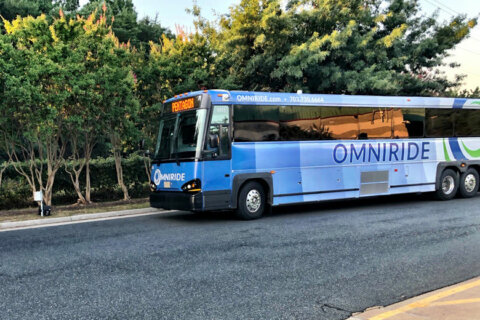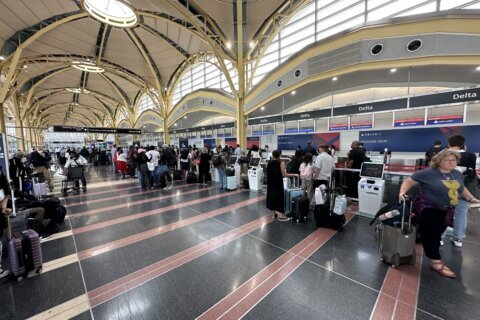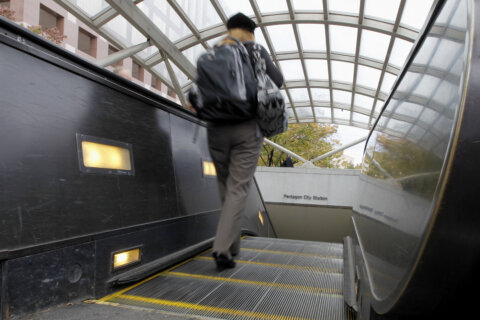WASHINGTON — Blue Line riders will be the first to travel on the newest generation of Metro trains beginning next month.
Metro announced Thursday that the first train with eight of the new 7000-series rail cars will roll out about 7 a.m. April 14 from Franconia-Springfield then head to Largo Town Center.
The announcement is a major milestone for the public transit system and comes after nearly a year of testing of the new cars. Metro will also put a second 7000-series train into passenger service in the coming weeks.
“It’s ready to go. We know it’s ready to go. It’s safe. It’s going to have a lot of customer conveniences and most likely it’s going to be more reliable,” says Metro Interim General Manager Jack Requa.
Metro wants 400 additional railcars to finally retire the old 1000-series cars from the 1970s over the next several years. The National Transportation Safety Board recommended Metro replace the 1000-series cars as part of its investigation into the deadly 2009 Red Line crash outside Ft. Totten.
Another 126 railcars will go toward the expansion of the Silver Line, including when Phase 2 opens at Dulles Airport and Loudoun County. Metro will also retire all 4000-series cars with the order of the additional cars.
“In order to exercise all the options, we’re looking at 2019 or 2020,” says Assistant General Manager Rob Troup, when asked how long it will take for the entire order to arrive.
The agency is also discussing restructuring how it combines train cars once the additional new cars arrive.
Currently, trains are a hodgepodge of 1000-, 2000-, 3000-, 4000-, 5000- and 6000-series cars. Metro is discussing whether it will change the procedures to group cars that are all of the same series. So 7000s would only be paired with other 7000s, 6000s with 6000s, and so on.
New features include:
- Six different station destination signs, including two dynamic LCD route maps and four video screens in each car
- LCD map displays to allow customers to easily track their location
- LED screens that provide current and upcoming station information
- Improved seats that provide more knee room and better lumbar support
- Wider aisles
- Additional space near the doors for standees and wheelchairs
- Resilient nonslip flooring, rather than carpet
- High-tech automated public address systems
- More reliable door systems
- Added handholds in the door area and vertical poles added at each seat
- Enhanced lighting and privacy screens in the vestibule area
- Built to meet improved crashworthiness standards to absorb maximum energy in the event of a collision
- Equipped with crash recorders
- Digital video surveillance systems, providing full coverage of the passenger area, operator cab and front windshield
- “Anti-climbers” to keep cars upright and in-line in the event of a collision







